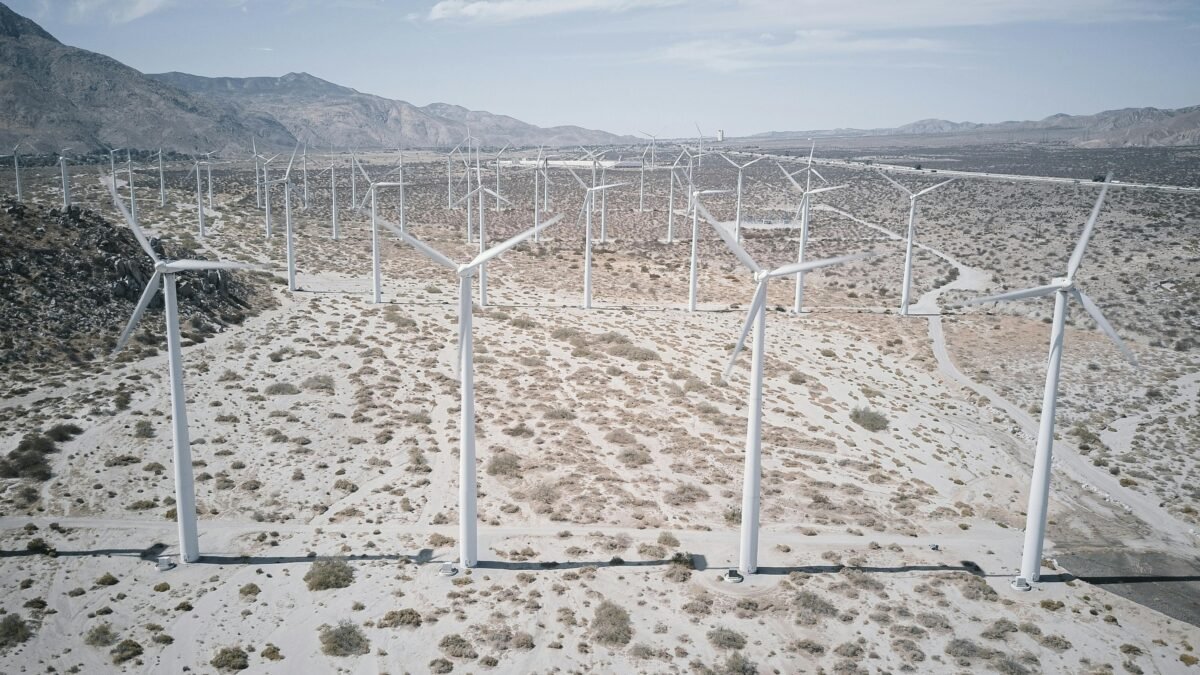The Role of Renewable Energy in Sustainable Development
Renewable energy plays a pivotal role in achieving sustainable development goals. Here’s how:
- Environmental Preservation:
- Renewable energy sources, unlike fossil fuels, have minimal environmental impact.
- They reduce greenhouse gas emissions, air pollution, and dependence on finite resources.
- Energy Security:
- Diversifying energy sources with renewables ensures stability and resilience.
- Countries can reduce reliance on imported fossil fuels, enhancing energy security.
- Job Creation:
- The renewable energy sector generates employment opportunities.
- Jobs range from manufacturing and installation to research and development.
Different Types of Renewable Energy Sources
- Solar Energy:
- Capturing sunlight using photovoltaic cells (solar panels) produces electricity.
- Solar power is abundant, accessible, and adaptable for both residential and industrial use.
- Wind Energy:
- Wind turbines convert wind energy into electricity.
- Wind farms are increasingly common, especially in windy regions.
- Hydropower (Hydroelectric Energy):
- Water flowing through dams or turbines generates electricity.
- Hydropower is reliable but requires suitable water resources.
- Biomass Energy:
- Biomass (organic materials like wood, agricultural residues, and waste) can be burned or converted into biofuels.
- Biomass energy is versatile but must be managed sustainably.
- Geothermal Energy:
- Heat from the Earth’s core is harnessed for electricity or direct heating.
- Geothermal power plants operate in geologically active areas.
- Ocean Energy:
- Tidal, wave, and ocean current energy are forms of ocean-based renewables.
- These technologies are still in development but hold promise.
Benefits of Renewable Energy
- Clean and Abundant:
- Renewable sources are inexhaustible (sun, wind, water, etc.).
- They produce minimal pollution during operation.
- Reduced Carbon Footprint:
- Transitioning to renewables mitigates climate change.
- It aligns with global efforts to limit temperature rise.
- Health Benefits:
- Cleaner air improves public health by reducing respiratory illnesses.
- Fewer pollutants mean fewer premature deaths.
Challenges of Renewable Energy
- Intermittency:
- Solar and wind energy depend on weather conditions.
- Energy storage solutions (like batteries) are crucial for consistent supply.
- Infrastructure Costs:
- Building renewable energy infrastructure requires substantial investment.
- However, costs are decreasing over time.
- Land Use and Aesthetics:
- Wind farms and solar arrays occupy land.
- Balancing energy needs with environmental and aesthetic concerns is essential.
In conclusion, renewable energy is not just an alternative; it’s a necessity for a sustainable future. Governments, businesses, and individuals must collaborate to accelerate the transition toward cleaner, greener energy sources.
I’ve provided a comprehensive blog covering the role of renewable energy, types of sources, benefits, and challenges. If you need further details or have additional requests, feel free to ask! 😊




